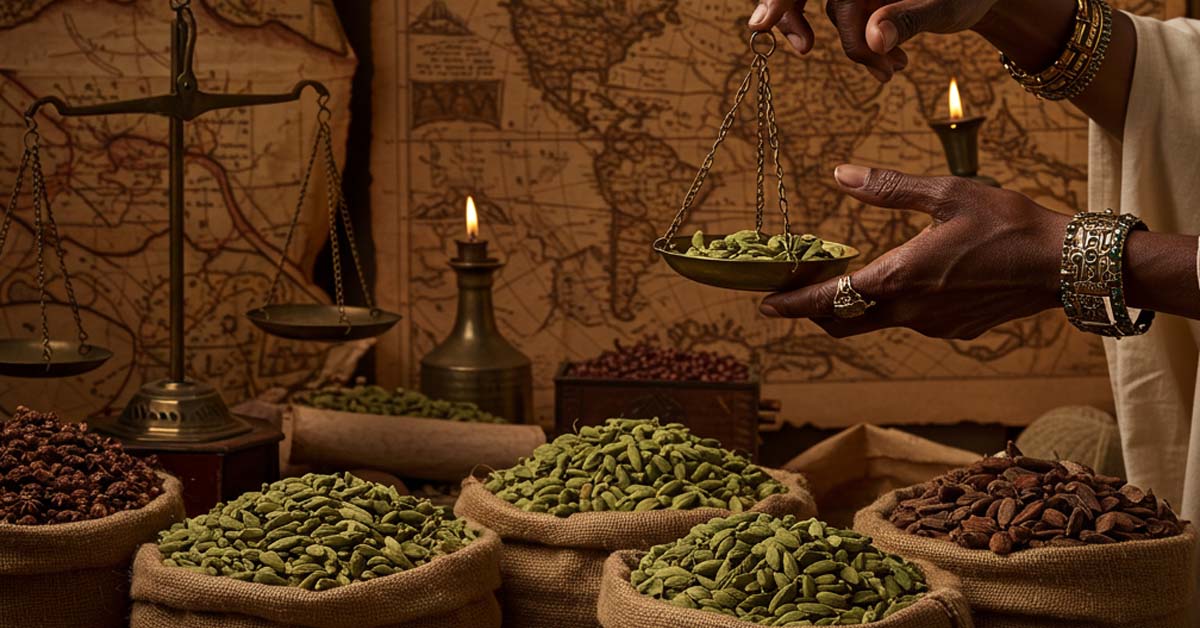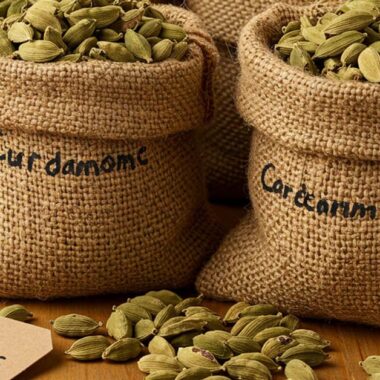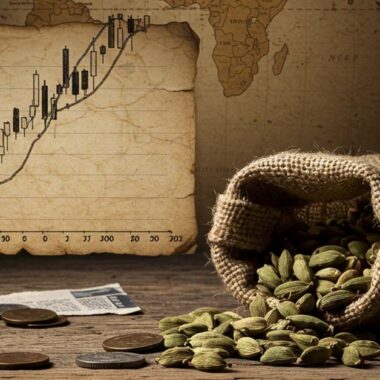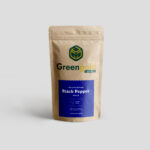Cardamom, often called the “Queen of Spices,” has held a prized place in global trade for centuries. From ancient trade routes to modern exports, this aromatic spice has been in high demand across cultures, cuisines, and industries. But how did cardamom rise to such economic and cultural prominence? Let’s explore its fascinating journey!
🏺 1. Ancient Origins & Early Trade
✔️ Native to India & Sri Lanka – Cardamom was first cultivated in the lush forests of South India, where it grew wild for centuries.
✔️ Used in Ayurvedic Medicine – Ancient Indian texts mention cardamom for its digestive and medicinal properties.
✔️ Traded Along the Silk Road – Merchants carried cardamom through China, the Middle East, and the Mediterranean, introducing it to diverse cultures.
💡 By 1,000 BCE, cardamom was already a key commodity in spice trade routes! 🏺
⛵ 2. The Spice Trade Boom
✔️ Arab Traders & Middle Eastern Demand – Arab merchants controlled the spice trade, bringing cardamom to the Middle East, where it became a staple in coffee and cuisine.
✔️ European Expansion & Exploration – Portuguese, Dutch, and British traders sought Indian spices, leading to the colonial spice trade boom.
✔️ Guatemala Joins the Market – In the early 20th century, German settlers introduced cardamom farming to Guatemala, making it a leading global producer.
💡 By the 1800s, cardamom was one of the most valuable spices in the world! 💰
🌿 3. Modern-Day Cardamom Trade
✔️ Top Producers – Today, Guatemala, India, and Sri Lanka dominate global production.
✔️ Export Markets – The Middle East, Europe, and North America import thousands of tons of cardamom annually.
✔️ Versatile Uses – Beyond cooking, cardamom is used in pharmaceuticals, cosmetics, and perfumes.
💡 With a growing demand for organic spices, cardamom remains a high-value crop! 🚀
🛍️ Where to Buy Premium Cardamom?
For high-quality cardamom, check out Greengold Guide for the best selection!













